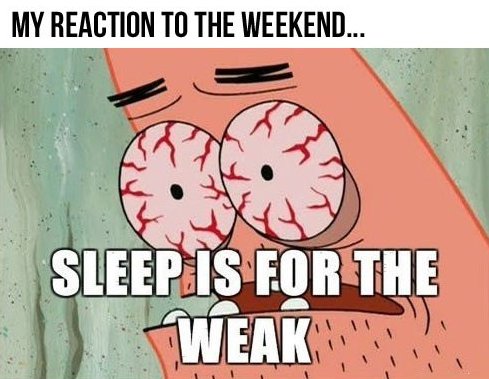Being a typical teenager, I am on my phone A LOT. Between texting, calling, social media, and checking my email, I always find some reason to go on my phone. I realized just how much I use it during a sorority meeting last night when our phones were collected to make sure that we would pay attention. I subconsciously reached into my empty pocket multiple times to check the time or my messages, only to come up empty handed. It felt weird being detached from it for more than 5 minutes. As soon as they were given back to us, I knew I was not alone in this feeling as everyone else immediately put their head down and began texting and “snapping” away. Society’s frequent cell phone use has many people worried it may hinder social skills and relationship development, but were you also aware that many people believe frequent cell phone use could have potentially more dangerous effects such as cancer?
Image found here.
Where does this concern come from? The amount of cell phone users has increased rapidly. As of 2014, there are 327.5 million cell phone subscribers just within the United States alone. Globally, this number is estimated to be 5 billion subscribers. Cell phones use radiofrequency (RF) energy that could potentially be absorbed by the body tissue closest to where the cell phone frequently sits. This type of energy is is seen as dangerous because it is a type of electromagnetic radiation , found in x- rays and radon. However, energy used to power devices such as cell phones, televisions and radios is non-ionizing radiation meaning it is low frequency and therefore, low energy while x- rays use ionizing radiation which is high energy. While significant exposure to ionizing radiation increases the risk of cancer, studies have found no increased risk of cancer from non- ionizing radiation (Cancer.gov). Many different factors play a part in how much energy a person is exposed to when using a cell phone. These factors can include length of time on phone, whether it is close to the head or on speaker phone, distance to nearest cell tower, and type of phone being used. Cell phone producers are required to list the energy absorption rate of their models however, these numbers can many times be misleading. At extremely high levels radiofrequency waves can heat up body tissues however, researchers found that the levels found within cell phones are not high enough to cause any significant heating to body tissue. (American Cancer Society).
Due to the frequency of people talking on the phone, meaning the phone is up to one’s head, many studies have been done to test whether this could possibly cause brain tumors. Since 2010, there have been 3 case-control studies which all came back positive in groups with the highest exposure. In 2/3 of those studies, the tumors were located on the same side the cell phone was frequently used however, this study could have been affected by “recall bias” meaning the patients exaggerated the amount of cell phone use. There have also been “Cohort” studies which follow people without tumors to test whether cell phones really do create a potential risk. All results in this study were found to be negative. The International Agency for Research on Cancer has ruled that the data shows no real risk of cancer/ tumors presented by frequent cell phone use. There is still a correlation between the two, but no evidence suggests that cell phone use is the cause meaning a confounding variable plays a role (Scientific American).
Should you throw away your cell phone? Probably not. Should you pay attention to the amount of time per day you use it? Maybe. Aside from there being a correlation to significant cellphone use and cancer, going on your cellphone all the time hinders social skills and relationship growth. Maybe once in a while, put your phone down and talk to someone in person. It could potentially save your life.












